Refine search
Actions for selected content:
615873 results in History
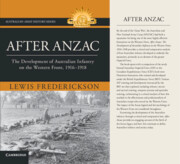
After Anzac
- The Development of Australian Infantry on the Western Front, 1916–1918
- Coming soon
-
- Expected online publication date:
- December 2025
- Print publication:
- 17 December 2025
-
- Book
- Export citation
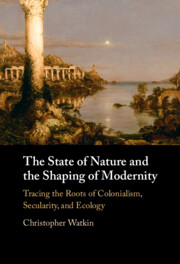
The State of Nature and the Shaping of Modernity
- Tracing the Roots of Colonialism, Secularity, and Ecology
- Coming soon
-
- Expected online publication date:
- December 2025
- Print publication:
- 31 December 2025
-
- Book
- Export citation
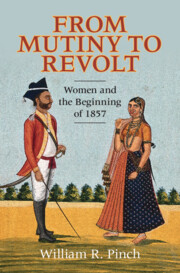
From Mutiny to Revolt
- Women and the Beginning of 1857
- Coming soon
-
- Expected online publication date:
- December 2025
- Print publication:
- 30 November 2025
-
- Book
- Export citation

Convict Politics
- From Utopia to Serfdom in Early China (221 BCE – 23 CE)
- Coming soon
-
- Expected online publication date:
- December 2025
- Print publication:
- 31 December 2025
-
- Book
- Export citation
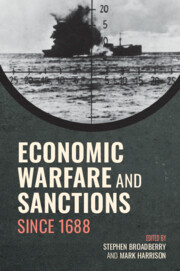
Economic Warfare and Sanctions Since 1688
- Coming soon
-
- Expected online publication date:
- December 2025
- Print publication:
- 31 December 2025
-
- Book
- Export citation
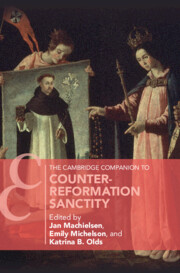
The Cambridge Companion to Counter-Reformation Sanctity
- Coming soon
-
- Expected online publication date:
- December 2025
- Print publication:
- 31 December 2025
-
- Book
- Export citation
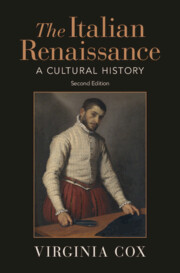
The Italian Renaissance
- A Cultural History
- Coming soon
-
- Expected online publication date:
- December 2025
- Print publication:
- 31 December 2025
-
- Book
- Export citation

Eyes and Ears
- Secret Agent Work in Cold War China
- Coming soon
-
- Expected online publication date:
- November 2025
- Print publication:
- 30 November 2025
-
- Book
- Export citation

An Islamic Legal Philosophy
- Ibn ʿAbd al-Salām and the Ethical Turn in Islamic Law
- Coming soon
-
- Expected online publication date:
- November 2025
- Print publication:
- 30 November 2025
-
- Book
- Export citation

The Cambridge Companion to Matthew Paris
- Coming soon
-
- Expected online publication date:
- November 2025
- Print publication:
- 30 November 2025
-
- Book
- Export citation
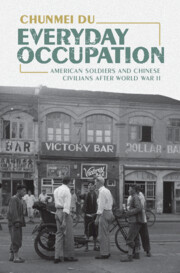
Everyday Occupation
- American Soldiers and Chinese Civilians after World War II
- Coming soon
-
- Expected online publication date:
- November 2025
- Print publication:
- 30 November 2025
-
- Book
- Export citation

A Hundred Flowers
- How Literature Shaped Maoism
- Coming soon
-
- Expected online publication date:
- November 2025
- Print publication:
- 30 November 2025
-
- Book
- Export citation

Protecting Women
- US Army Culture in the Second US–Seminole War and the US–Mexican War
- Coming soon
-
- Expected online publication date:
- November 2025
- Print publication:
- 31 December 2025
-
- Book
- Export citation
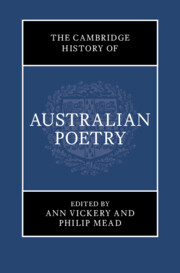
The Cambridge History of Australian Poetry
- Coming soon
-
- Expected online publication date:
- November 2025
- Print publication:
- 31 December 2025
-
- Book
- Export citation

Rebuilding Histories in the Roman World
- Architectural Restoration and Temporality from Augustus to Justinian
- Coming soon
-
- Expected online publication date:
- November 2025
- Print publication:
- 30 November 2025
-
- Book
- Export citation

Violín
- Mediating Musical Style and Devotional Practice in 21st-Century Cuba
- Coming soon
-
- Expected online publication date:
- November 2025
- Print publication:
- 20 November 2025
-
- Book
- Export citation
Reviews
-
- Book:
- Distant Friends and Intimate Enemies
- Print publication:
- 20 November 2025, pp ii-ii
-
- Chapter
- Export citation

Afro-Mexican Lives in the Long Nineteenth Century
- Slavery, Freedom, and the Writing of History
- Coming soon
-
- Expected online publication date:
- November 2025
- Print publication:
- 04 December 2025
-
- Book
- Export citation
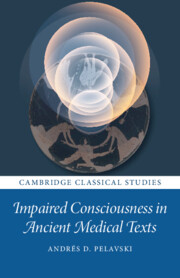
Impaired Consciousness in Ancient Medical Texts
- Coming soon
-
- Expected online publication date:
- November 2025
- Print publication:
- 04 December 2025
-
- Book
- Export citation
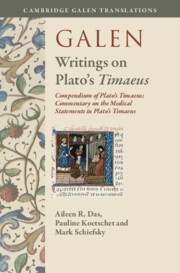
Galen: Writings on Plato's Timaeus
- Compendium of Plato's Timaeus; Commentary on the Medical Statements in Plato's Timaeus
- Coming soon
-
- Expected online publication date:
- November 2025
- Print publication:
- 30 November 2025
-
- Book
- Export citation
